Top Rankings
Dyersburg School District ranks among the top 20% of public school district in Tennessee for:
Category
Attribute
Graduation Rate
Highest graduation rate (Top 20%)
Diversity
Most diverse schools (Top 1%)
Student Attention
Lowest student:teacher ratio (Top 1%)
For the 2025 school year, there is 1 public preschool serving 780 students in Dyersburg School District.
Public Preschools in Dyersburg School District have a diversity score of 0.67, which is more than the Tennessee public preschool average of 0.61.
Minority enrollment is 60% of the student body (majority Black), which is more than the Tennessee public preschool average of 42% (majority Black).
Overview
This School District
This State (TN)
# Schools
4 Schools
890 Schools
# Students
2,593 Students
417,431 Students
# Teachers
196 Teachers
28,312 Teachers
Student : Teacher Ratio
13:1
13:1
District Rank
Dyersburg School District, which is ranked within the top 50% of all 147 school districts in Tennessee (based off of combined math and reading proficiency testing data) for the 2021-2022 school year.
The school district's graduation rate of 95% has decreased from 96% over five school years.
Overall District Rank
#48 out of 147 school districts
(Top 50%)
(Top 50%)
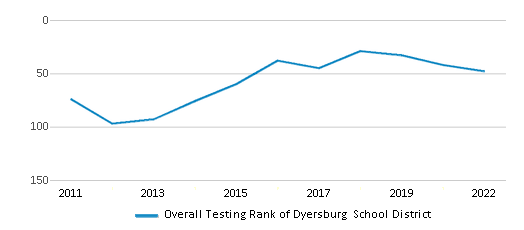
Math Test Scores (% Proficient)
37%
31%
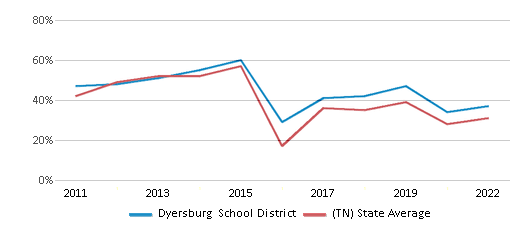
Reading/Language Arts Test Scores (% Proficient)
36%
37%
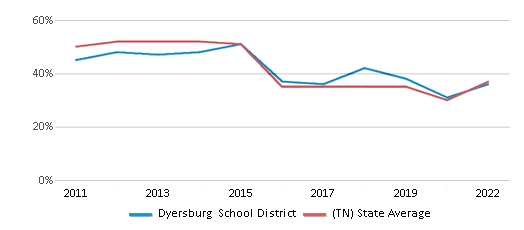
Science Test Scores (% Proficient)
36%
40%

Graduation Rate
≥95%
90%

Students by Ethnicity:
Diversity Score
0.66
0.61
# American Indian Students
2 Students
758 Students
% American Indian Students
n/a
n/a
# Asian Students
42 Students
8,008 Students
% Asian Students
2%
2%
# Hispanic Students
210 Students
59,978 Students
% Hispanic Students
8%
14%
# Black Students
984 Students
86,069 Students
% Black Students
38%
21%
# White Students
1,134 Students
241,409 Students
% White Students
44%
58%
# Hawaiian Students
n/a
542 Students
% Hawaiian Students
n/a
n/a
# Two or more races Students
221 Students
20,664 Students
% of Two or more races Students
8%
5%
Students by Grade:
# Students in PK Grade:
182
33,031
# Students in K Grade:
193
63,063
# Students in 1st Grade:
194
63,815
# Students in 2nd Grade:
211
64,364
# Students in 3rd Grade:
207
58,460
# Students in 4th Grade:
169
57,035
# Students in 5th Grade:
195
51,187
# Students in 6th Grade:
177
8,986
# Students in 7th Grade:
200
7,404
# Students in 8th Grade:
162
7,287
# Students in 9th Grade:
191
701
# Students in 10th Grade:
182
718
# Students in 11th Grade:
161
617
# Students in 12th Grade:
169
763
# Ungraded Students:
-
-
District Revenue and Spending
The revenue/student of $12,556 is higher than the state median of $11,979. The school district revenue/student has stayed relatively flat over four school years.
The school district's spending/student of $11,539 is higher than the state median of $11,478. The school district spending/student has stayed relatively flat over four school years.
Total Revenue
$33 MM
$12,104 MM
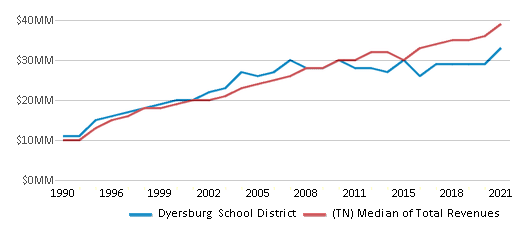
Spending
$30 MM
$11,597 MM
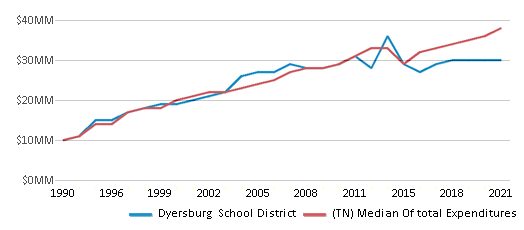
Revenue / Student
$12,556
$11,979
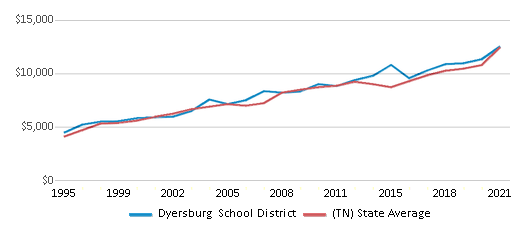
Spending / Student
$11,539
$11,478

Best Dyersburg School District Public Preschools (2025)
School
(Math and Reading Proficiency)
(Math and Reading Proficiency)
Location
Grades
Students
Rank: n/an/a
1425 Frank Maynard Dr
Dyersburg, TN 38024
(731) 286-3615
Dyersburg, TN 38024
(731) 286-3615
Grades: PK-2
| 780 students
Recent Articles

Year-Round Or Traditional Schedule?
Which is more appropriate for your child? A year-round attendance schedule or traditional schedule? We look at the pros and cons.

Why You Should Encourage Your Child to Join a Sports Team
Participating in team sports has a great many benefits for children, there is no doubt. In this article you will learn what those benefits are.

White Students are Now the Minority in U.S. Public Schools
Increasing birth rates among immigrant families from Asia and Central and South America, combined with lower birth rates among white families, means that for the first time in history, public school students in the United States are majority-minority. This shift in demographics poses difficulties for schools as they work to accommodate children of varying language abilities and socio-economic backgrounds.





